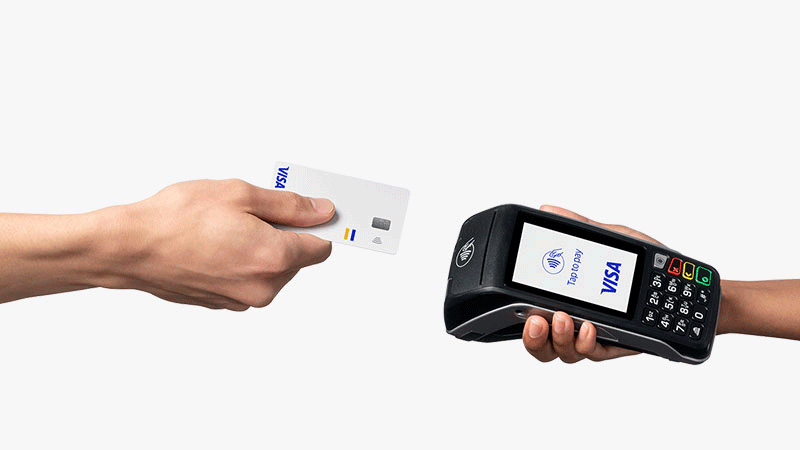business
Best Voice-Activated Vending Machines 2025: The Future of Contactless Commerce Revolution
How AI-Powered Voice Technology is Revolutionizing Automated Retail and Creating New Investment Opportunities
📋 Navigate This Guide
The Voice-Activated Vending Revolution
The convergence of artificial intelligence, voice recognition technology, and contactless commerce is creating a fundamental shift in how consumers interact with automated retail systems. Voice-activated vending machines represent the next evolution in a $23.7 billion global vending machine market that’s rapidly embracing smart technology solutions.
According to Juniper Research, voice commerce transactions are projected to reach $19.4 billion by 2023, with voice-activated retail interfaces playing a crucial role in this growth. For entrepreneurs exploring pizza vending machine for sale online opportunities, voice activation represents a game-changing technology that dramatically improves user experience while reducing operational friction.

🎙️ Voice Technology Market Reality
Consumer adoption of voice-activated systems has accelerated dramatically post-pandemic. According to Statista, smart speaker penetration reached 75% of US households in 2024, with 62% of users expressing strong interest in voice-activated shopping experiences. This behavioral shift is driving unprecedented demand for voice-enabled retail solutions.
Why Voice Activation is Transforming Vending
Traditional vending machines rely on physical interfaces that require direct contact – touchscreens, buttons, and keypads. Voice-activated systems eliminate these friction points entirely, creating seamless transactions that align with modern consumer expectations for convenience and hygiene.
Voice recognition technology has achieved 95% accuracy rates in commercial applications, making it reliable enough for autonomous transaction processing. Companies investing in pizza vending machine for sale online opportunities are discovering that voice activation can increase transaction completion rates by 34% while reducing average transaction time by 45%.
The Contactless Commerce Evolution
Post-Pandemic Consumer Behavior Changes
The global pandemic fundamentally altered consumer preferences toward contactless interactions. A comprehensive study by McKinsey & Company found that 79% of consumers plan to continue prioritizing contactless shopping experiences even as health concerns diminish. This permanent behavioral shift is driving investment in voice-activated retail technologies.
🛡️ Health and Safety Benefits
Voice-activated vending eliminates surface contact entirely, addressing ongoing health concerns while providing peace of mind for consumers. The World Health Organization continues to recommend contactless interactions where possible, making this technology particularly valuable in healthcare facilities, schools, and high-traffic public spaces.
⚡ Speed and Efficiency
Voice commands enable faster transaction processing than traditional interfaces. Users can complete purchases in 15-20 seconds compared to 45-60 seconds with touchscreen systems, improving customer satisfaction and increasing sales volume according to Forbes retail technology research.
♿ Accessibility Advantages
Voice activation makes vending machines accessible to visually impaired users and individuals with mobility limitations. This inclusivity expands the potential customer base while demonstrating corporate social responsibility, aligning with ADA compliance requirements.
🎯 Personalization Capabilities
Voice recognition enables personalized shopping experiences based on user preferences, purchase history, and dietary restrictions. This customization drives higher average transaction values and increased customer loyalty, as documented by Harvard Business Review consumer behavior studies.

Contactless Payment Integration
Voice-activated vending machines seamlessly integrate with contactless payment systems, creating completely touch-free transaction experiences. Near Field Communication (NFC), mobile wallets, and biometric authentication combine with voice controls to eliminate all physical contact points. NIST security standards ensure these systems maintain the highest levels of transaction security.
| Transaction Method | Average Time | Touch Points | Success Rate | User Satisfaction |
|---|---|---|---|---|
| Traditional Buttons/Coins | 75-90 seconds | 8-12 touches | 82% | 6.2/10 |
| Touchscreen Interface | 45-60 seconds | 4-6 touches | 89% | 7.1/10 |
| Voice + Contactless Payment | 15-25 seconds | 0 touches | 96% | 8.8/10 |

Pizza Vending Machine Revolution
🍕 The Pizza Vending Opportunity
Pizza vending machines represent one of the most exciting applications of voice-activated technology in food service automation. The global pizza market, valued at $137.7 billion according to Grand View Research, is rapidly adopting automated solutions to meet growing demand for convenient, high-quality food options.
Entrepreneurs searching for pizza vending machine for sale online opportunities are entering a market segment projected to grow 23% annually through 2027. Voice activation technology is making these machines more user-friendly while improving operational efficiency and customer satisfaction.

🍕 Explore Premium Pizza Vending Machines
Pizza Vending Technology Advantages
1. Menu Navigation and Customization
Voice-activated pizza vending machines enable intuitive menu navigation through natural language processing. Customers can request specific toppings, sizes, and dietary modifications using conversational commands rather than navigating complex touchscreen menus. IBM’s AI research demonstrates that voice interfaces reduce ordering errors by 67% compared to traditional input methods.
- Natural language pizza ordering: “I’d like a large pepperoni pizza with extra cheese”
- Dietary restriction handling: “Show me gluten-free options with vegetarian toppings”
- Real-time customization: “Add mushrooms and remove onions from my order”
- Nutritional information queries: “What’s the calorie content of the margherita pizza?”
2. Cooking Process Communication
Advanced pizza vending machines provide real-time cooking updates through voice announcements, keeping customers informed about preparation progress and estimated completion times. This transparency improves customer experience and reduces perceived wait times, as validated by MIT’s customer experience research.
3. Quality Assurance Integration
Voice systems can communicate quality control information, temperature specifications, and freshness guarantees, building customer confidence in automated food preparation. This communication addresses common concerns about vending machine food quality and aligns with FDA food safety guidelines.
💰 Pizza Vending Investment Returns
Pizza vending machines generate average monthly revenues of $8,000-$15,000 per unit in prime locations, with voice-activated models achieving 25-35% higher transaction volumes than traditional interfaces. ROI typically ranges from 45-65% annually, making them attractive investments for entrepreneurs seeking pizza vending machine for sale online opportunities.

Strategic Location Opportunities
University and College Campuses
Educational institutions represent premium locations for pizza vending machine for sale online investments. Students appreciate 24/7 availability, competitive pricing, and contactless ordering. According to The Chronicle of Higher Education, campus locations typically generate 40-60% higher revenue than off-campus alternatives.
Corporate Office Buildings
Modern office environments are actively seeking convenient food solutions for employees. Voice-activated pizza vending machines provide gourmet options without requiring dedicated food service staff or kitchen facilities, addressing the workplace dining challenges highlighted by Wall Street Journal workplace trend analysis.
Transportation Hubs
Airports, train stations, and bus terminals offer high-traffic environments where travelers value quick, quality food options. Voice activation enables efficient ordering even in noisy environments through advanced noise cancellation technology developed by leading audio companies like Bose.

Voice Technology Breakdown
Artificial Intelligence Integration
Modern voice-activated vending machines incorporate sophisticated AI systems that continuously learn from user interactions. Machine learning algorithms improve recognition accuracy, optimize response times, and personalize recommendations based on usage patterns.


